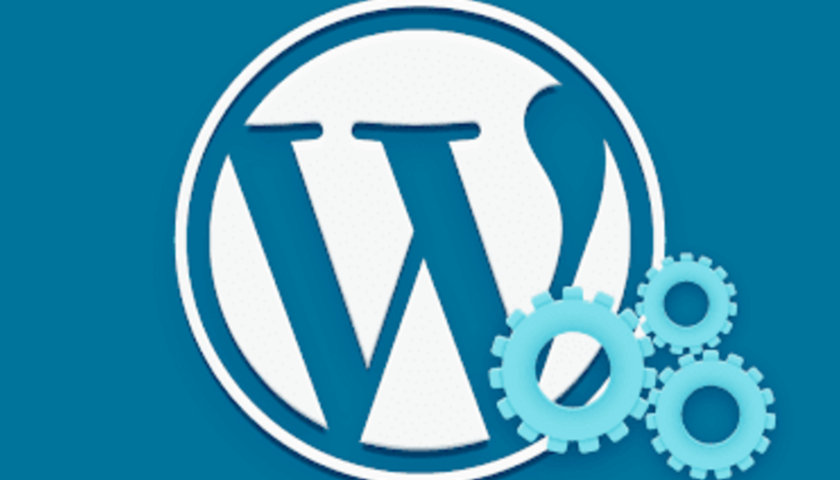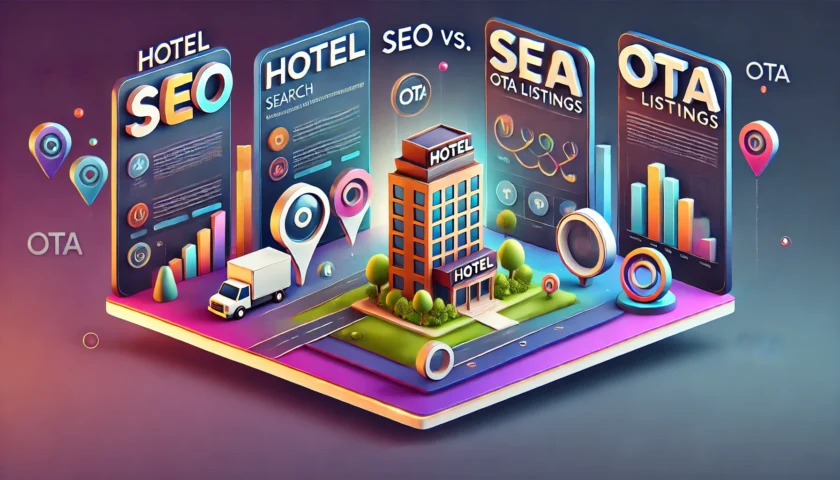Introduction
When it comes to creating a successful digital presence, landing page design plays a pivotal role. Whether you’re running a business, launching a new product, or generating leads, the effectiveness of your landing page can significantly influence your conversion rates and customer engagement. Designing a landing page that is not only visually appealing but also highly functional is crucial for maximizing results.
In this article, we’ll explore the essentials of landing page design, why it matters, and how you can optimize your page to attract and retain visitors.
What is a Landing Page Design?
A landing page design refers to the layout, structure, and overall aesthetics of a web page where a visitor “lands” after clicking a link from an email, advertisement, or search engine result. This page’s primary goal is to encourage users to take a specific action, whether it’s signing up for a newsletter, purchasing a product, or downloading a resource.
Unlike standard web pages that may contain multiple sections and links, a landing page design focuses on a singular goal. It’s tailored to guide the visitor through a simple, user-friendly process that maximizes conversion rates.
Why is Landing Page Design So Important?
A well-designed landing page is the first impression many potential customers will have of your business. The design can either encourage them to engage with your content or drive them away. An optimized landing page will:
- Increase Conversion Rates: The primary function of a landing page is to convert visitors into leads or customers. An effective landing page design removes distractions, makes calls to action clear, and encourages immediate user engagement.
- Build Trust and Credibility: A professional, clean, and user-friendly design makes a business look legitimate. It shows potential customers that you care about their experience and are willing to invest in providing them with a seamless interface.
- Enhance User Experience: A well-designed landing page ensures that visitors easily navigate the content and take action quickly. This creates a positive user experience, which can lead to higher retention and return visits.
- Improve Marketing Results: Whether you’re running ads, email campaigns, or organic traffic campaigns, a highly optimized landing page can maximize the return on investment (ROI) for your marketing efforts.
Key Elements of an Effective Landing Page Design
1. Clear and Concise Headline
Your landing page headline is the first thing visitors will see. It needs to grab their attention and clearly convey the value of what you’re offering. Use strong, action-oriented language that focuses on the benefits of your product or service. The headline should align with the advertisement or link that brought them to the page to maintain consistency.
2. Strong Visuals and Branding
The landing page design should reflect your brand’s identity and values. Using consistent colors, fonts, and images helps reinforce your brand and creates a cohesive experience for the visitor. Visuals, such as high-quality images or videos, can capture attention and explain your offer more effectively. But remember, it’s important not to overwhelm the page with too many graphics. Keep it clean and simple to maintain focus.
3. Compelling Call to Action (CTA)
A call to action (CTA) is arguably the most critical component of your landing page design. It’s the button or link that prompts the visitor to take the desired action. CTAs should be clear, persuasive, and easy to find. Use contrasting colors, strategic placement, and actionable language (e.g., “Download Now,” “Get Started,” “Buy Now”) to encourage clicks. Make sure your CTA stands out but doesn’t appear too forceful.
4. Simple, Focused Layout
A cluttered page will only confuse visitors and decrease conversions. Your landing page design should focus on one objective and streamline the user experience. Minimize distractions by eliminating unnecessary links, complex navigation, or excessive text. Keep the layout clean with a strong visual hierarchy so visitors know exactly what to do next.
5. Mobile Optimization
With an increasing number of users accessing websites from mobile devices, mobile optimization is no longer optional. Your landing page design must be responsive, meaning it adapts to different screen sizes and devices. A mobile-friendly layout ensures that your landing page looks great on smartphones and tablets, providing a seamless experience for all visitors.
6. Trust Signals and Social Proof
Building trust is key to conversions. Including trust signals such as security badges, customer testimonials, and logos of reputable partners or clients can reassure visitors that they are making a safe and informed decision. Social proof, such as reviews, ratings, and case studies, also adds credibility and can significantly increase conversion rates.
7. Minimal Form Fields
If your landing page requires visitors to fill out a form, keep it as short as possible. People are more likely to complete a form if it’s quick and easy. Only ask for essential information such as name, email, or phone number. The more fields you have, the higher the chances visitors will abandon the form. Streamline the process to reduce friction and increase form submissions.
8. Fast Loading Speed
A slow-loading landing page can negatively impact user experience and conversions. Make sure your landing page design is optimized for fast loading times. Compress images, minimize unnecessary scripts, and use modern web development practices to ensure your page loads quickly. A delay of even a few seconds can lead to higher bounce rates.
How to Optimize Your Landing Page Design for Better Conversion
A/B Testing
One of the most effective ways to improve your landing page design is through A/B testing. This involves creating two versions of your landing page with slight variations, such as a different CTA button color or headline. You can then compare the performance of both versions and identify which elements are most effective in driving conversions. Consistently testing and optimizing your landing page ensures that you stay ahead of the competition.
Use Engaging Copy
The copy on your landing page should be concise, engaging, and focused on the benefits of your offering. Explain why your product or service is valuable and how it will solve the visitor’s problem. Use bullet points, bold text, and short paragraphs to make the content easy to scan. A visitor should be able to understand what you offer and why it matters within seconds of landing on the page.
Improve SEO for Organic Traffic
If you want your landing page to attract organic traffic, optimizing it for search engines is crucial. Ensure that your landing page design includes relevant keywords in the page title, meta description, and body content. This will help your page rank higher in search engine results and attract more qualified leads.
Conclusion
A well-crafted landing page design is essential for converting visitors into leads or customers. By focusing on clear messaging, user-friendly layouts, persuasive CTAs, and trust-building elements, you can create a landing page that not only attracts attention but also drives conversions. Always remember to test, optimize, and continuously improve your page for the best results. for blog visit our site trendingblogsweb.





